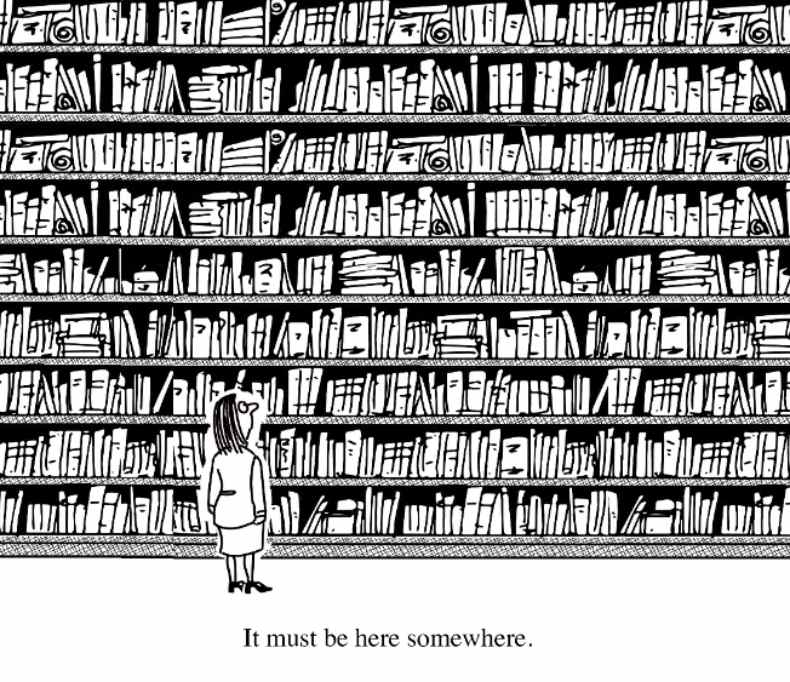Information architecture (IA): it sounds hard and complicated and not like the fun job of designing a digital workplace was supposed to be for the Communications team. Never fear, it can be challenging but it is possible to plan and deliver an IA plan that captures users’ requirements.
USERS?? Yes. Effective IA requires user involvement – after all, they are the daily beneficiaries of this essential pillar of Digital Workplace success.
Without wanting to oversimplify or patronise, you could compare information architecture with the supermarket. Stay with me… you look down the aisle, hopefully you can see a sign that says “Dairy.” Then as you go further, you can see more signs. “OK, the milk’s over here.” It’s just mapping the way to necessary information in the quickest and simplest way possible. In the context of a digital workplace, it’s the site navigation.
In a lot of cases, companies simply structure site navigation around organisation structure. “Let’s just have a section for every department.” This assumes a lot of knowledge on the staff’s side. If I’m new to the organisation and I’m not sure whether something sits with HR or payroll or somewhere else, then I don’t know where to go to get my specific thing done. It also means if departments ever merge or change, the structure quickly becomes outdated.
A more effective approach is to design IA around solutions and tasks rather than an A to Z of the company. And to know what staff are trying to get done, you need to observe them and ask them. Too often we exclude users from these projects, then complain when they don’t use the solutions. What are they searching for, which terms do they use, what is their level of digital ability?
The classic conundrum is that it’s not easy to make things simple. You need to take the time to get clear on the requirements and present information to people when it’s relevant for them. Do the Sydney staff need to know when the Melbourne office has a fire drill? No. Might it be helpful for a chatbot to monitor Teams or Yammer conversations and provide relevant information mid-chat? Probably. Making content relevant is easier said than done, but achievable.
The best way to achieve this is do a bit of thinking upfront and assess how people are currently doing their work. Are they saving everything to their personal drive because they don’t trust the cloud or because this is the only way they can access it at home? Is one team managing a process more efficiently and can this be replicated across the business? Are there key personnel risks with important information held in one or two team members’ heads?
There will be a range of requirements and use cases, and some cultural changes will of course be necessary. Especially in larger organisations there can be significant variance in approaches to information storage, version control, metadata and search habits and these will require different solutions to bring the whole organisation to embrace the same methods and standards.
Cliched as it is, your Digital Transformation is as much a cultural change as it is a technical one and if people are not involved in this – the most fundamental stage of intranet design – your solution risks being irrelevant and ultimately ignored. Resist the impulse to quickly design and build the thing before the users start having opinions, and a more successful Digital Workplace will be the result.
This entry was posted in Digital Transformation, People and tagged Digital workplace, productivity. Bookmark the permalink







